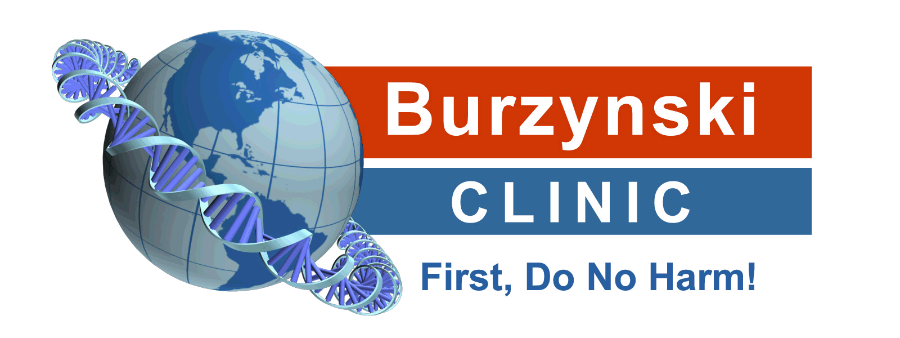Phase II Trial: Low-Grade Astrocytomas in Children | Burzynski Clinic
Jul 26, 2025 | By: Burzynski Clinic
Low-grade astrocytomas are the most common brain tumors in children, often bringing tough choices and limited options. At the Burzynski Clinic, Dr. Burzynski is exploring promising alternatives like Antineoplaston therapy. A recent Phase II study highlights its potential in treating pediatric low-grade astrocytomas—offering new hope for families navigating the challenges of childhood cancer.
Understanding Low-Grade Astrocytomas
Low-grade astrocytomas are generally slow-growing brain tumors originating from astrocytes, a type of glial cell in the brain. While they are categorized as lower-risk compared to high-grade tumors, their presence can still lead to significant neurological symptoms and challenges. Children diagnosed with these tumors may experience seizures, headaches, or changes in cognitive function. Given that these tumors are often difficult to completely resect surgically, effective treatment protocols become crucial. Standard therapies for low-grade astrocytomas currently include surgery, radiation therapy, and chemotherapy, but outcomes can vary significantly among patients.
The Promise of Antineoplaston Therapy
Antineoplastons, developed by Dr. Stanislaw Burzynski, comprise a group of peptides and amino acids aimed at targeting cancer cells while sparing healthy tissue. This therapy challenges conventional cancer treatments by using the body's biochemical pathways to inhibit tumor growth. Designed to work with the patient’s immune system, Antineoplaston therapy can potentially minimize adverse effects often associated with chemotherapy and radiation, especially essential for pediatric patients.
The Phase II Study: Protocol BT-13
Completed recently, Protocol BT-13 detailed a Phase II study exploring the effects of Antineoplastons A10 and AS2-1 in a demographic of children diagnosed with low-grade astrocytomas. This study aimed to evaluate not only the safety of the treatment but also its efficacy in managing tumor progression and improving patient quality of life.
Study Design and Methodology
In this clinical trial, eligible pediatric patients were administered dosages of Antineoplaston A10 and AS2-1, with careful monitoring and assessments made throughout the treatment period. The study followed the Response Evaluation Criteria in Solid Tumors (RECIST) to measure treatment outcomes, which took into account tumor response, stabilization, and overall survival.
Key Findings
The results from the trial were compelling, showing significant tumor responses among participants. Notable outcomes included reductions in tumor size, prolonged progression-free survival, and improved neurological functions among some patients. These findings suggest that, while further research is essential, Antineoplastons may represent a formidable option in treating low-grade astrocytomas, particularly in instances where traditional therapies have failed or presented severe side effects.
Implications for Future Cancer Therapies
The data accrued from this Phase II study opens new avenues in the domain of pediatric neuro-oncology. With low-grade astrocytomas presenting unique treatment challenges, the introduction of Antineoplastons shows promise in not only halting tumor growth but also enhancing the overall quality of life for young patients.
Patient-Centric Care
What stands out in this study is the emphasis on personalized approaches to treatment. The Antineoplaston therapy allows for tailored treatment regimens designed to fit individual patient profiles, thus respecting their unique circumstances and preferences. This is crucial, particularly for children, who often have varying tolerance levels and reactions to medications.
Reception by the Medical Community
Though the results have provoked enthusiasm among some within the oncology community, it remains critical to approach these findings with cautious optimism. As with any new treatment methodology, understanding the long-term implications, potential risks, and best practices for implementation is paramount. Ongoing research and subsequent trials will be necessary to corroborate the findings and seek FDA approval for wider application of Antineoplastons in pediatric oncology.
Patient Experiences and Testimonials
As clinicians navigate the complexities of brain tumors in children, firsthand experiences of families can illuminate the path forward. Many families report a renewed sense of hope and clarity when incorporating Antineoplaston therapy into their child’s treatment plan.
Final Thoughts
Cancer treatment can be overwhelming, especially for families facing pediatric low-grade astrocytomas. At the Burzynski Clinic, Dr. Burzynski and team offer hope through innovative options like Antineoplaston therapy, supported by a promising Phase II study. Backed by research and focused on personalized care, this approach is helping reshape the future of pediatric oncology. If you're seeking new answers in your child's cancer journey, contact the Burzynski Clinic to explore your options.

